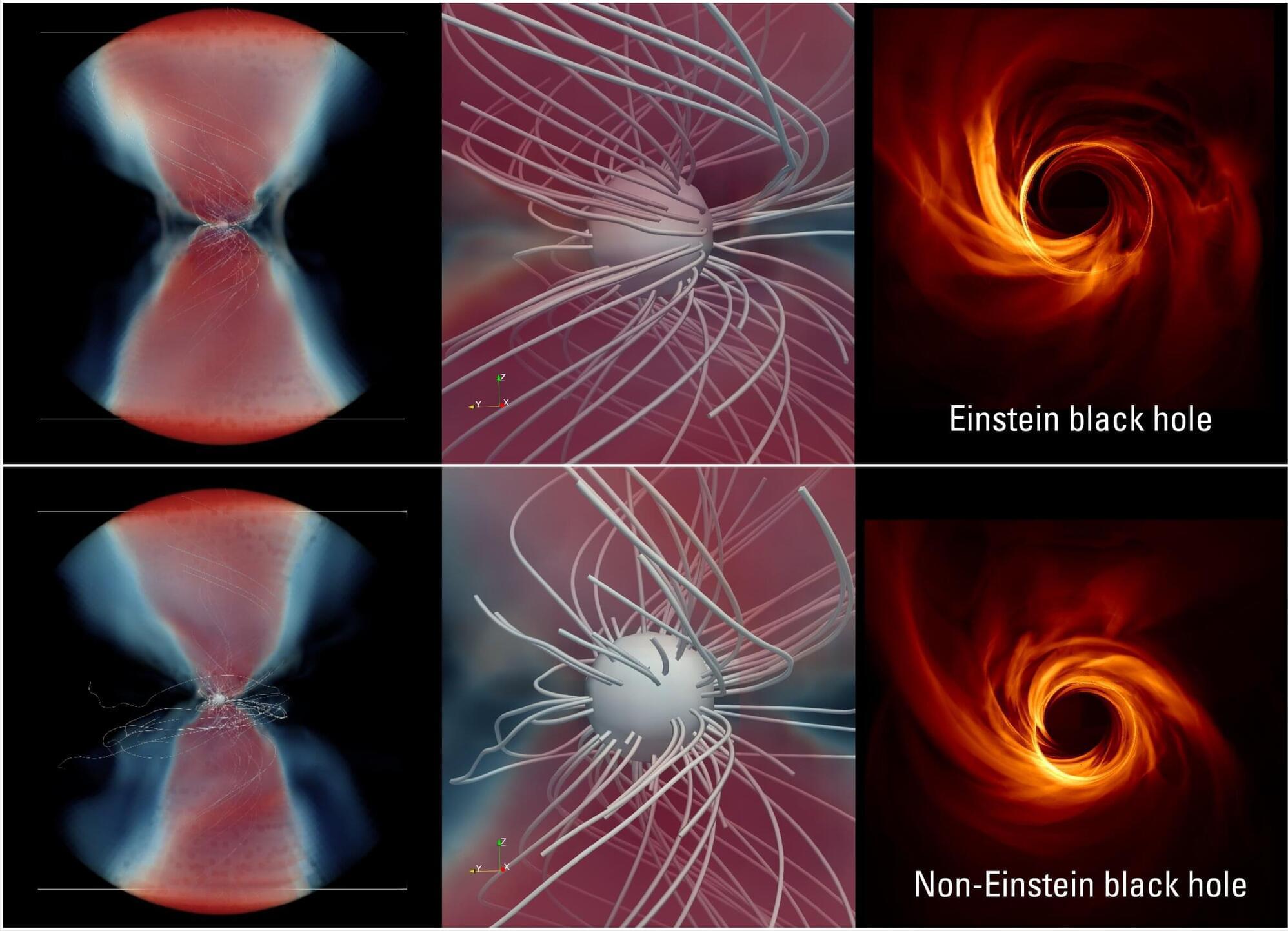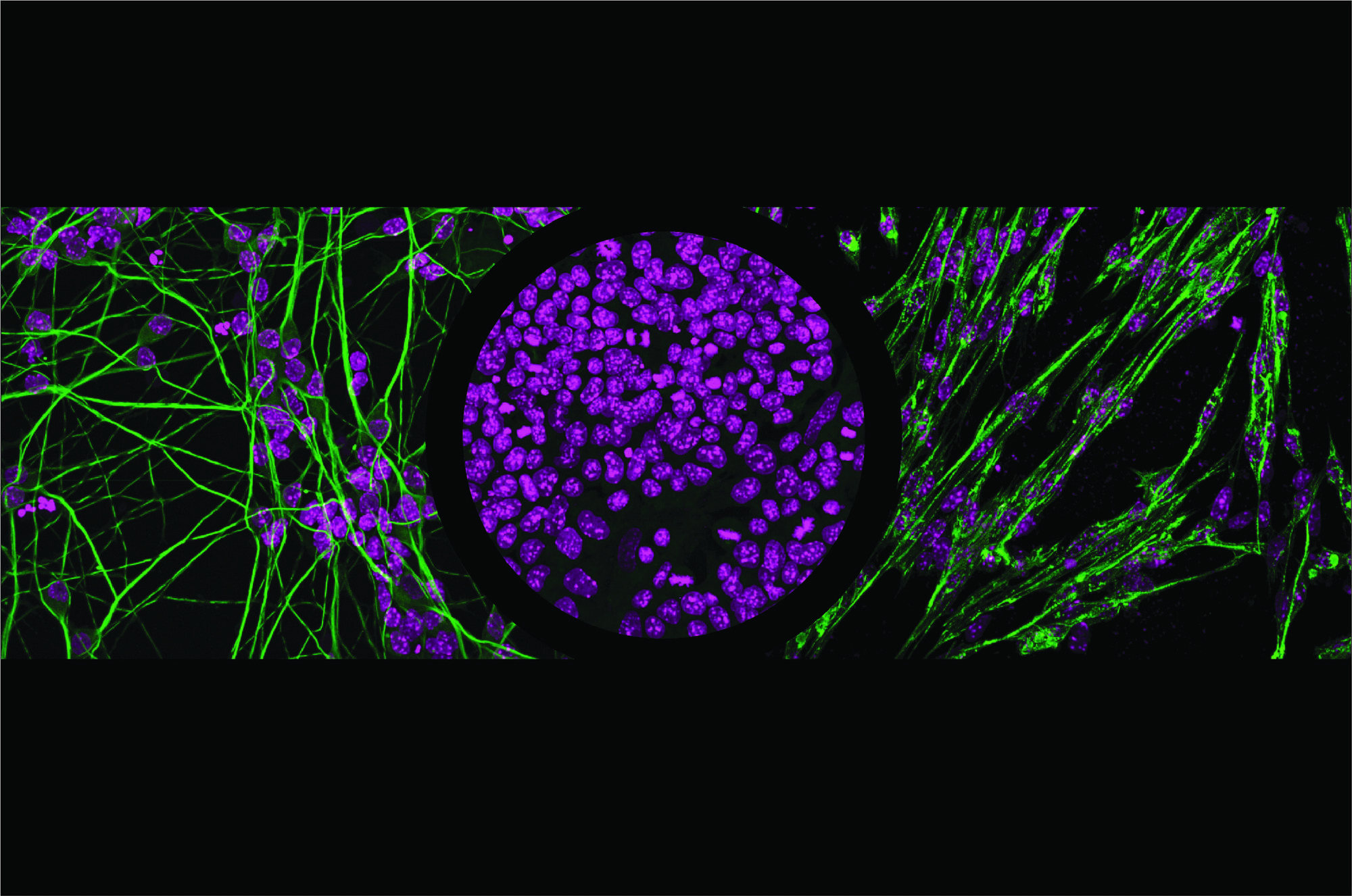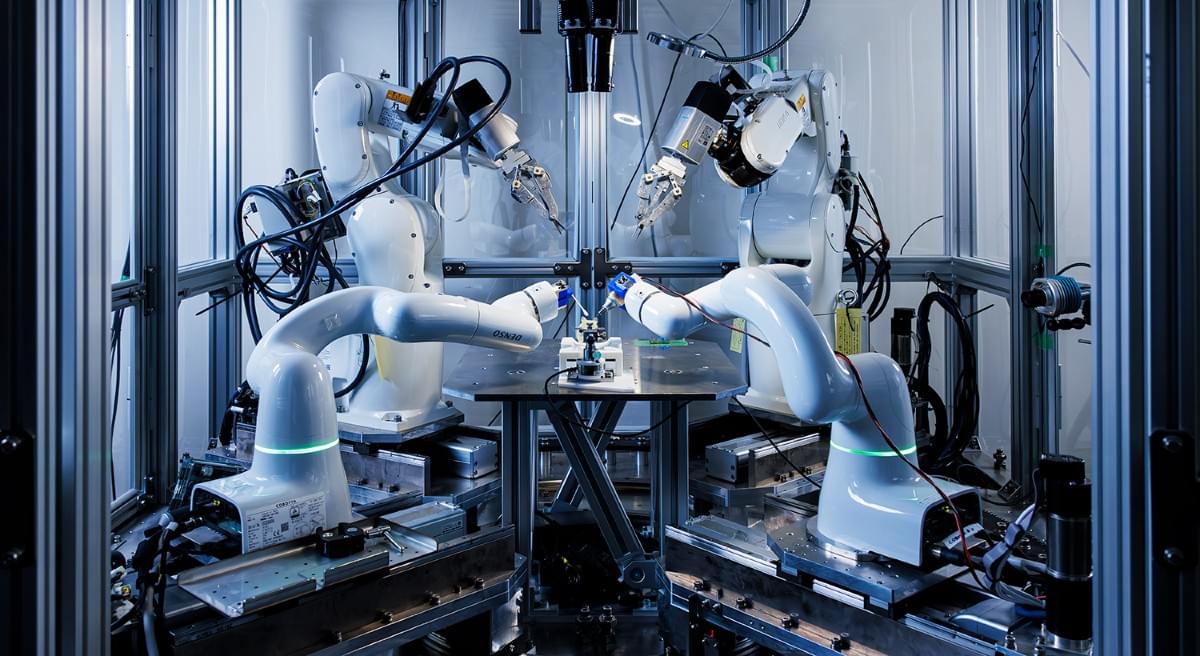Sam Altman’s ability to intertwine the startup throughout major tech players puts it at the nexus of a vital part of the U.S. economy.



🌌 Unifying AI Through the Feynman Path Integral: From Deep Learning to Quantum AI https://lnkd.in/g4Cfv6qd I’m pleased to share a framework that brings many areas of AI into a single mathematical structure inspired by the Feynman path integral — a foundational idea in quantum physics. Instead of viewing supervised learning, reinforcement learning, generative models, and quantum machine learning as separate disciplines, this framework shows that they all follow the same underlying principle: Learning is a weighted sum over possible solutions (paths), based on how well each one explains the data. In other words, AI can be viewed the same way Feynman viewed physics: as summing over all possible configurations, weighted by an action functional.

Black holes are considered cosmic gluttons, from which not even light can escape. That is also why the images of black holes at the center of the galaxy M87 and our Milky Way, published a few years ago by the Event Horizon Telescope (EHT) collaboration, broke new ground.
“What you see on these images is not the black hole itself, but rather the hot matter in its immediate vicinity,” explains Prof. Luciano Rezzolla, who, along with his team at Goethe University Frankfurt, played a key role in the findings.
“As long as the matter is still rotating outside the event horizon —before being inevitably pulled in—it can emit final signals of light that we can, in principle, detect.”

Chimeric Antigen Receptor (CAR) T cell therapies have revolutionized cancer treatment—but so far, their success has been largely limited to blood cancers. Solid tumors, which account for around 90% of all adult cancers, remain a major challenge because they are difficult for CAR T cells to infiltrate and are often highly heterogeneous, making them harder to target with a single therapy.
Researchers at Monash University, in collaboration with scientists from the Peter MacCallum Cancer Center, used CRISPR-based gene editing or a PTPN2 inhibitor to enhance the function of human CAR T cells engineered to recognize an antigen expressed on many solid tumors.
The study, led by Professor Tony Tiganis and Dr. Florian Wiede, was published in Science Translational Medicine.

Every cell in the body has the same DNA, but different cell types—such as muscle or brain cells—use different parts of it. Transcription factors help cells activate specific genes by reading certain DNA sequences, but since these sequences are common across the genome, scientists have long wondered how the factors know exactly where to bind.
Researchers in the Schübeler lab set out to address this question by looking at two closely related transcription factors—NGN2 and MyoD1—that steer cells toward becoming neurons and muscle cells, respectively. Using stem cells, they switched these transcription factors on one at a time and watched where they attached to the DNA and how they influenced gene expression. Their research is published in the journal Molecular Cell.
They found that the binding of transcription factors to the DNA molecule depends not only on the DNA sequence but also on how open the DNA is and which partner proteins are present. Sometimes, transcription factors act as “pioneer factors” and are able to open tightly packed DNA at specific sites to turn on genes. Small DNA changes—sometimes just one letter—and the proteins these factors partner with can affect whether genes are activated.
The study has resolved a long-standing cosmic puzzle and provided strong evidence for the existence of widespread magnetic fields — likely relics from the early Universe.

Using powerful 7-Tesla brain imaging, researchers mapped how the brainstem manages pain differently across the body. They discovered that distinct regions activate for facial versus limb pain, showing the brain’s built-in precision pain control system. The findings could lead to targeted, non-opioid treatments that use cannabinoid mechanisms instead of opioids, offering safer pain relief options.

Behind the Sun, the comet appears to show signs of acceleration beyond what is expected by gravity. And for reasons not yet clear, it appears to have changed color.
